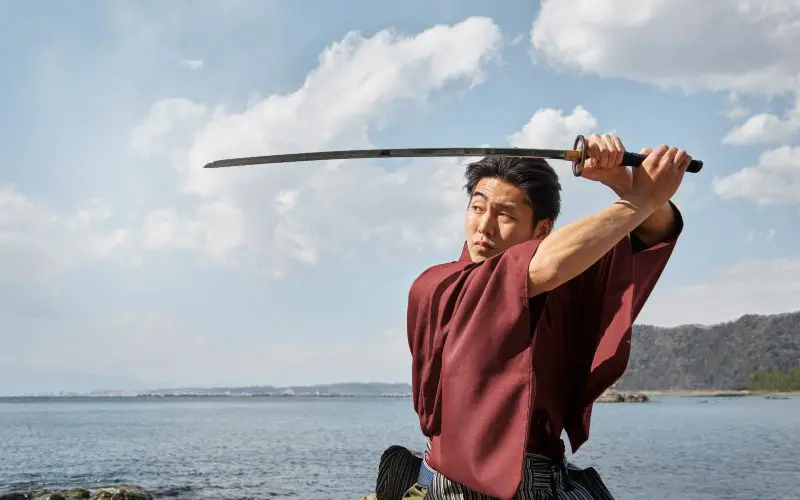Introduction
The Japanese katana, more than a mere weapon, is a testament to the rich cultural heritage of Japan. It stands as a symbol of the samurai’s honor, discipline, and artistry.
This comprehensive article dives into the fascinating world of katanas, exploring their historical significance, craftsmanship, and the nuances of owning and collecting these exquisite blades in the modern era.
Table of Contents
ToggleHistorical Backdrop
The Japanese katana emerged in feudal Japan, primarily during the Kamakura period. It was the preferred weapon of the samurai, the noble warriors of Japan.
This section explores the historical evolution of the katana, examining how it evolved from a practical weapon into a symbol of social status and spiritual significance.
The Art of Swordsmithing
The making of a katana is an art form that requires skill, patience, and dedication.
This part delves into the traditional methods of sword making, including the selection of steel, the folding and forging process, and the intricate steps involved in creating the unique curvature and razor-sharp edge of the katana.
Anatomy of the Katana
A katana is more than just a blade; it is a complex assembly of several components, each with its own significance.
This section details the various parts of the katana, such as the blade, tsuba (guard), tsuka (handle), and saya (scabbard), and their functional and aesthetic importance.
Symbolism and Cultural Impact
The katana holds profound symbolic meaning in Japanese culture, embodying concepts such as honor, precision, and beauty.
This part discusses the katana’s role in Japanese literature, art, and its influence on the Bushido code—the ethical code of the samurai.
The Katana in Martial Arts
Katanas are not only historical artifacts but also play an active role in modern martial arts.
This section explores the use of katanas in martial arts such as Kendo, Iaido, and Kenjutsu, highlighting how these practices keep the spirit of the samurai alive.
Collecting Katanas: A Modern Pursuit
The art of collecting katanas has gained popularity worldwide.
This part of the article guides enthusiasts on how to start a collection, including tips on identifying authentic pieces, understanding the significance of different styles and periods, and the legal aspects of collecting edged weapons.
Caring for a Katana
Owning a katana comes with the responsibility of proper maintenance.
This section provides essential information on how to care for these blades, including cleaning, oiling, and storing techniques to preserve their condition and value.
Purchasing a Katana: What You Need to Know
For those interested in purchasing a katana, whether for martial arts, display, or as a collector’s item, this section offers practical advice on where to find quality pieces of katana for sale , how to assess their craftsmanship and authenticity, and how to set a realistic budget.
Conclusion
The Japanese katana is a remarkable blend of functionality, art, and history. As we delve into its world, we gain not only an appreciation for the weapon itself but also for the rich cultural legacy it represents.
Owning or collecting katanas is a journey into the heart of Japanese tradition, offering a tangible connection to a past era of honor and craftsmanship.




